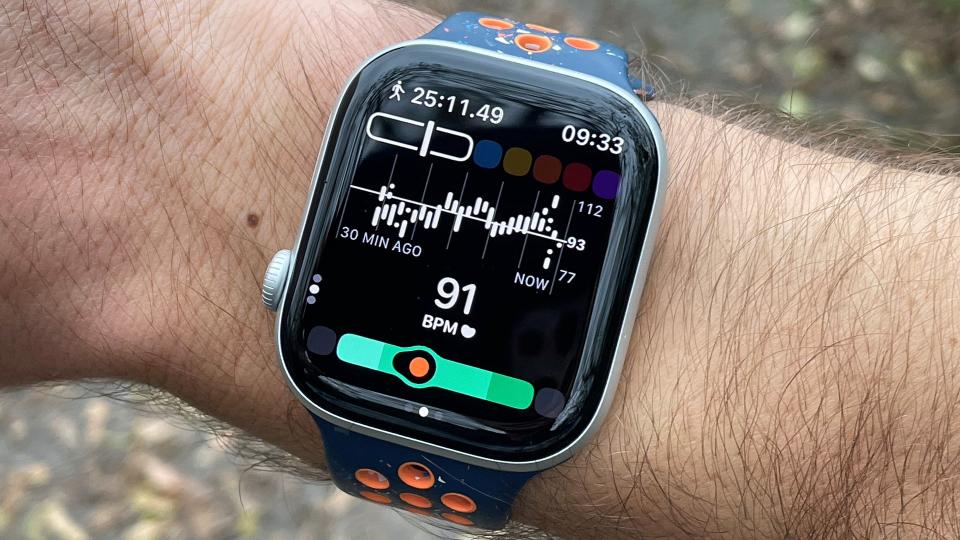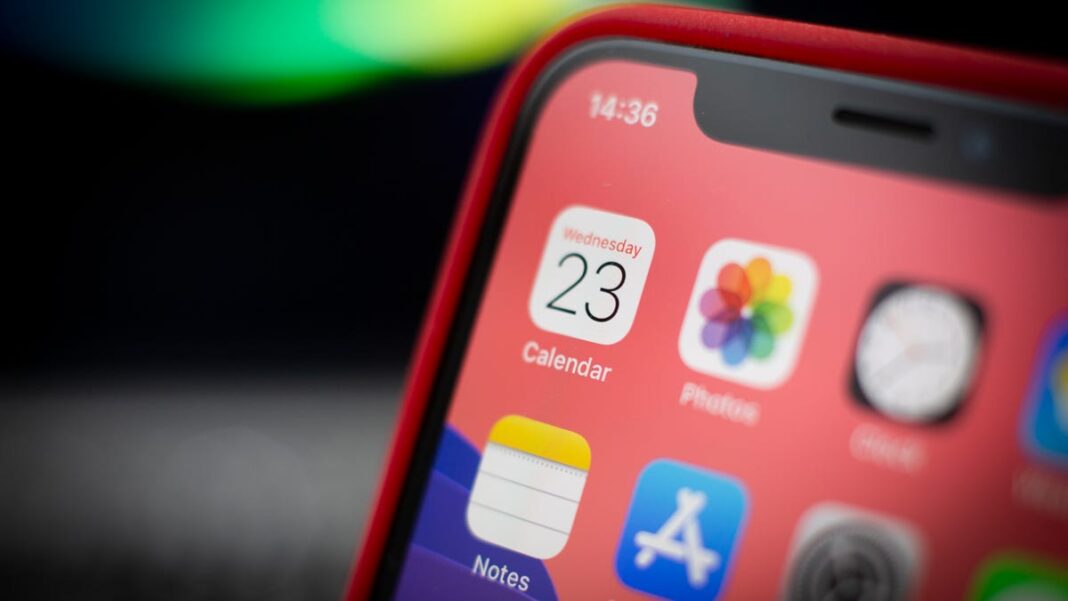## iPhone Storage Stressing You Out? You Don’t Have to Delete Precious Memories.
That sinking feeling. You’re ready to capture that perfect sunset or snap a quirky selfie, but your iPhone screams, “Not enough storage!” Panic sets in. Do you really want to delete those vacation photos or that cute video of your dog doing their goofy dance?


Enabling Optimize iPhone Storage and iCloud Photos
Photos and videos are some of the biggest storage hogs on your iPhone, and often, you might not be aware of the space they consume until it is too late. However, with a few smart iOS tweaks, you can free up considerable storage on your device without deleting any of your favorite photos or videos.
To begin, go to Settings > [Your Name] > iCloud > Photos and toggle on iCloud Photos. This setting ensures that the original, full-resolution versions of your photos and videos get uploaded to iCloud, freeing up space on your device.
Next, enable Optimize iPhone Storage located just below the iCloud Photos setting. Activating this option ensures that your iPhone stores lower-resolution versions of your photos and videos locally while keeping the full-resolution files in iCloud. The original high-quality versions remain accessible whenever you need them, provided you have an internet connection.
These settings can free up a significant amount of storage space on your iPhone. For example, a minute of video shot in 4K at 60fps normally takes up approximately 400MB. By using these settings, you reduce the space requirement for high-resolution videos to a fraction of their original size on your device, thus saving considerable space.

Implications of iOS Settings on iPhone Performance and Storage
The impact of these settings on your iPhone’s performance and storage is substantial. By enabling Optimize iPhone Storage and iCloud Photos, you can ensure a smoother user experience, as your device will not be bogged down by the large files of high-resolution media. This, in turn, can enhance your device’s performance, making it faster and more responsive.
It is important to note that while these settings can significantly improve your device’s performance and free up storage, they rely on a stable internet connection to access the full-resolution media stored in iCloud. However, this trade-off is often worthwhile given the benefits it provides in terms of storage management.

Alternative Solutions for iPhone Storage
Exploring Cloud Storage Options Beyond iCloud
While iCloud is a popular choice for cloud storage, it is not the only option available. For users looking to further expand their storage options, services like Google Drive, Dropbox, and OneDrive provide alternative solutions that can help manage and free up space on your iPhone.
For instance, Google Drive not only offers a robust platform for storing documents, but it also provides a free 15GB of storage for Gmail, Google Drive, and Google Photos. By uploading your videos and photos to Google Drive, you can access them from any device with an internet connection, and delete the local copies from your iPhone to free up space.
Digitizing Old Media to Free Up Physical Storage Space
Another solution to manage your storage effectively is to digitize old media such as VHS tapes, 35mm film, and even old photo albums. Services like ScanMyPhotos can help you convert these formats into digital files that can be stored in the cloud or on your computer. Doing so not only frees up physical storage space but also ensures these memories are preserved and accessible in digital format.
Using Google Drive and Gmail to Manage Digital Files and Storage
Google Drive and Gmail can be powerful tools in managing your digital storage. Google Drive offers a user-friendly interface for uploading and organizing files, while Gmail can be used to send large files to yourself, effectively moving them out of your device’s storage and into the cloud. For example, by sending large video files to your Gmail account as attachments, you can delete the local copies from your iPhone, thus freeing up significant space.
Practical Tips for Maintaining iPhone Storage
Regularly Reviewing and Managing iPhone Storage
To maintain optimal storage on your iPhone, it is crucial to regularly review and manage your storage. You can do this by going to Settings > General > iPhone Storage, where you can view the space used by each app and identify which are taking up the most space. This allows you to make informed decisions about which apps and files to delete or move to the cloud.
Implementing Good Habits for Storage Management
Good storage management habits can go a long way in preventing storage issues. For example, regularly deleting old emails, pruning your photo library of duplicates and unnecessary files, and unloading app clutter can help keep your storage in check. Additionally, consider setting reminders to review and manage your storage every few months to ensure you keep your device running smoothly.
Avoiding Common Mistakes that Lead to Storage Issues
Many users fall into common pitfalls that lead to storage issues, such as not deleting old apps, letting large files accumulate in the Photos app, and not regularly backing up their device. To avoid these mistakes, it is important to regularly back up your iPhone to a computer or iCloud, which ensures your data is safe even if you run out of space. Additionally, regularly deleting unused apps and moving large files to cloud storage can help prevent storage issues from arising in the first place.
Conclusion
Conclusion: Taming the iPhone Space Conundrum
In our article “Running Out of iPhone Space? Here’s How to Free It Up Without Deleting Anything” on CNET, we explored the challenges of managing limited storage space on iPhones. We delved into various methods to optimize storage, including utilizing cloud storage services, removing unused apps, and leveraging iPhone features such as optimising storage for Photos, Videos, and Messages. Additionally, we discussed the importance of maintaining a clear understanding of data usage and implementing a strategic approach to storage management.
The significance of this topic cannot be overstated, as the increasing storage demands of modern smartphones can have a profound impact on user experience. With the average iPhone user storing hundreds of gigabytes of data, the consequences of running out of space can be severe, including slowed performance, reduced battery life, and even the inability to download new apps or update existing ones. By adopting a proactive approach to storage management, iPhone users can avoid these issues and ensure their device remains a reliable and efficient tool for communication, entertainment, and productivity.
As we move forward, it’s clear that the pressure to manage storage space will only continue to grow. With the increasing popularity of cloud storage services and the development of more advanced storage management features, we can expect innovative solutions to emerge that will further alleviate the space conundrum. However, until then, it’s essential for iPhone users to remain vigilant and take control of their device’s storage, lest they risk falling victim to the increasingly common phenomenon of “iPhone space anxiety.”
